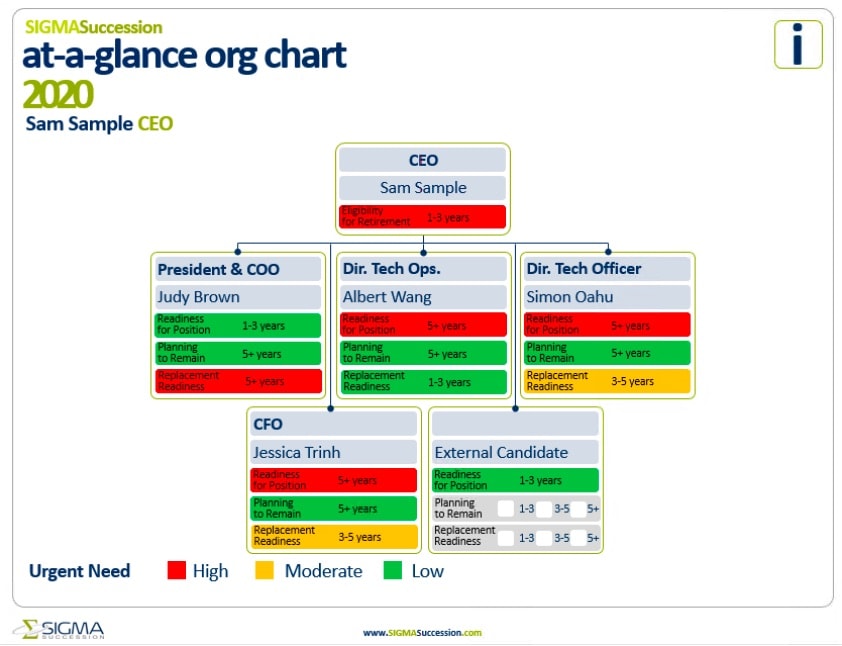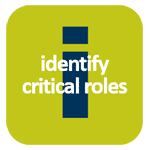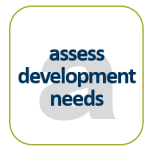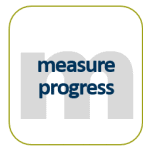At-A-Glance Org Chart FOR SUCCESSION PLANNING
The first step in any succession planning process is to identify which roles in your organization should be targeted through the succession program. Often, this is easier said than done. Many companies today don’t keep organizational charts and position descriptions on-hand and up-to-date, making it difficult to identify weak links in the leadership pipeline.
To help you understand the critical roles in your organization and focus your succession planning efforts, we’ve developed the At-A-Glance Succession Org Chart.

Why Use Org Charts for Succession Planning?
This worksheet is intended to help you identify which roles your organization needs to prioritize in the succession planning process.
The Advantage of Using Org Charts
Using the At-A-Glance Org Chart will allow your organization to streamline your succession planning efforts. Prioritizing succession plans by role also ensures that you target positions at risk of vacancy first.
How to Use the At-A-Glance Org Chart
The At-A-Glance Succession Org Chart should be filled out by the incumbent for each critical role in your organization. Critical roles are those roles that are essential to the day-to-day operation of your business. They often include executives and leaders but may extend to lower-level employees.
Once you identify the critical roles in your organization, have each incumbent complete the At-A-Glance Succession Org Chart template with the following instructions. Use one worksheet per critical role.
- List their position and name in the top box of each At-A-Glance Succession Org Chart.
- List potential candidates for the role, including direct reports, high potential employees from other teams, or any employee with the potential to be a good successor for the role.
- Rate each potential candidate on:
- Readiness for Position – How long (in years) would it take to prepare this employee to step into your role?
- Planning to Remain – How long (in years) is the employee planning to remain with the organization or in that particular role? Note: When evaluating an employees’ plan to remain, consider their eligibility to retire as well as the potential risk that they will seek opportunities elsewhere.
- Replacement Readiness – How long (in years) would it take to find or groom a successor for this role should the current employee leave or be promoted?
If you are the CEO or another executive level employee in the organization, an easy way to start this process is by filling out the At-A-Glance Succession Org Chart yourself. Your potential candidates will likely be other critical leaders in the organization’s management team. These people should then fill out a worksheet themselves to ensure that the succession planning process is scaled across multiple teams and levels of the organization.
Need Help Getting Started?
SIGMA offers a Succession Planning Training where we teach you everything you need to know about our six-stage Succession Planning Process so that you can scale it across your organization.
If you need additional help with your succession planning initiatives, SIGMA’s Succession Planning Launch Series provides a simple and cost-effective way to build a robust Succession Planning process in just 4-6 weeks.
LOOKING FOR MORE?









